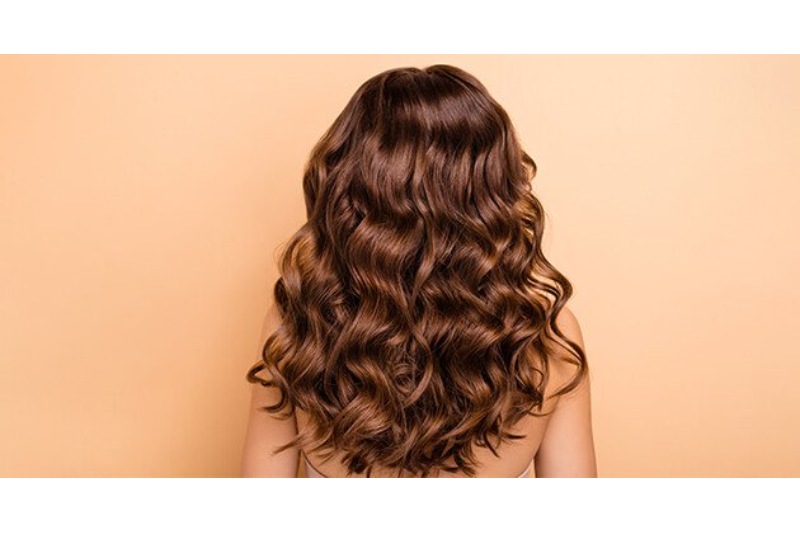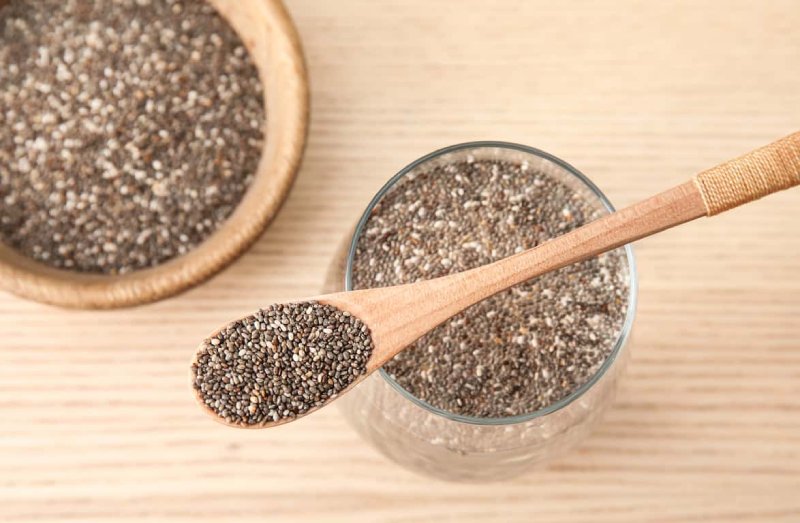A common way for people all around the world to express their style and improve their appearance is through hair coloring. Hair coloring is a common hygiene ritual for many people, who use it to hide up gray hair, try out different tints, or just to improve their appearance. However, people should be informed of the potential adverse effects before getting their hair colored frequently, especially if they plan to use chemical-based dyes.
Aside from the numerous damages it causes, damage to the hair shaft is one of the main issues with frequent hair coloring. Ammonia and hydrogen peroxide, two components of chemical-based hair dyes, aid in penetrating the hair cuticle and depositing color molecules. But these substances can also deplete the hair’s natural proteins and oils, which can cause breakage, brittleness, and dryness. Repeatedly subjecting hair to these harsh chemicals over time can damage the hair shaft, making the hair frizzy, dull, and more prone to split ends.
Frequent hair coloring can harm hair physically as well as irritate the scalp and trigger allergic reactions in certain people. The fragile skin on the scalp may be severely damaged by the chemicals in hair colors, resulting in irritation, redness, and swelling. More severe allergic reactions, such hives, swelling, or even blistering, can happen to certain people. People who already have scalp problems like psoriasis or eczema, or who have sensitive skin, may find these reactions especially worrying.
In addition, there have been connections drawn between the substances in commercial hair dyes and possible long-term health hazards. Studies have indicated a potential correlation between specific chemicals present in hair color products and a higher risk of specific diseases, such as non-Hodgkin’s lymphoma and bladder cancer. People should be aware of these possible concerns and take them into consideration when determining whether or not to color their hair frequently, even though the evidence is not clear.
In addition to health and physical issues, people who frequently color their hair may experience psychological repercussions. A lot of people turn to hair coloring as a way to feel better about themselves and become more confident. But frequent coloring can be bad for their mental health and self-esteem if the results fall short of their expectations or if they suffer from unpleasant side effects like scalp irritation or hair damage. This may result in low self-esteem or problems with body image, as well as feelings of dissatisfaction with their looks.
People who frequently color their hair should exercise caution in view of these possible adverse consequences. To reduce the chance of damage or irritation, it’s critical to select hair dyes free of harsh chemicals and to carefully follow the instructions. In order to rule out any negative responses, people with sensitive skin or a history of allergies should do a patch test prior to dying their entire scalp. Ultimately, it’s best to let the hair heal and reestablish its natural equilibrium by giving it a break in between coloring treatments. People can minimize the hazards to their hair and general health while still enjoying the benefits of hair coloring by keeping these points in mind.
Topics #Adverse Effects #Hair Coloring










